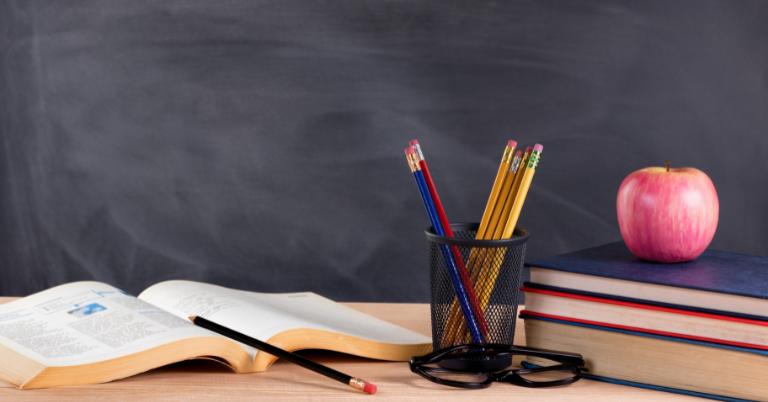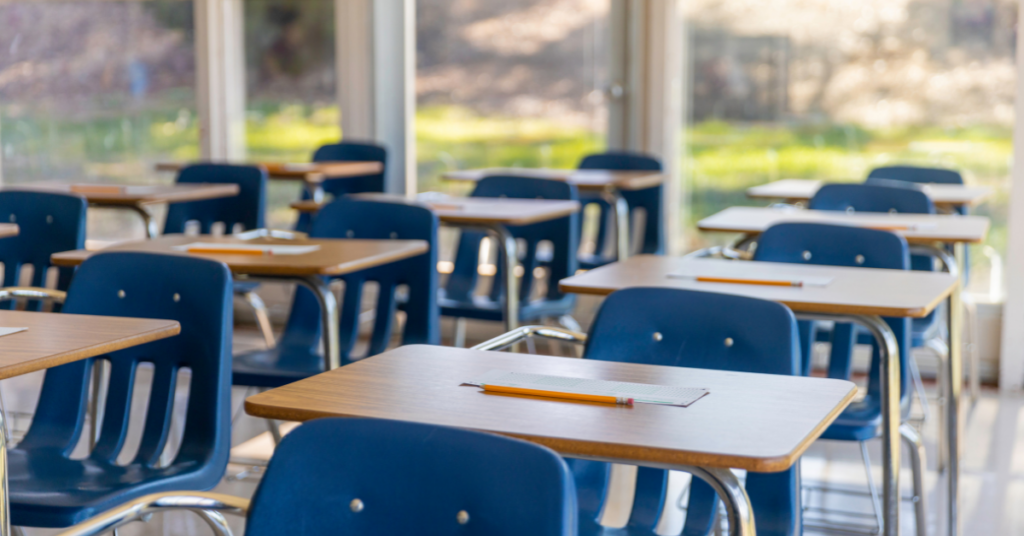There are so many different types of families. Recognizing this diversity is key to creating safe, LGBTQ+ friendly classrooms.
Family Equality’s Inclusive Schools: Template Email allows parents to introduce their unique family structure to teachers. It also provides educators with tips for creating a classroom that is inclusive of LGBTQ+ families.
Use the template below to start conversations with the educators in your child’s life!
Notes before using:
- The email suggests that teacher(s) contact Family Equality for support, but you should also feel free to encourage teacher(s) to reach out to you directly! Building personal relationships with school staff can be invaluable.
- In addition, we recommend you set up a meeting with your child(ren)’s teacher if you are able.
- We’d love to hear from you if you’ve shared these forms and seen some changes in your community! Contact the Family Equality program team here.
LGBTQ+ Friendly Schools: Template Email
Copy and paste this template into an email to send to your child(ren)’s educator(s)!
Dear [EDUCATOR’S NAME] ,
As we kick off this school year, I would like to share with you a little bit about our family. Our child, [CHILD’S NAME] is part of an LGBTQ+ family.
Specifically, our family consists of: [FAMILY’S NAMES — Tip: List parent names, too. For example, “Jasper, Maya (Jasper’s young sister), Jamie (who Jasper calls ‘Baba’), and Desmond (who Jasper calls ‘Papa’).”]
It is important to our family that [CHILD’S NAME] sees our family affirmed and respected at school and inside of the classroom. More generally, it is a priority for our family that all children feel welcome at school. We’re sure that’s a priority for you, too!
When thinking about inclusivity, a few simple touchstones come to mind that can help create LGBTQ+ friendly classrooms. Below is a list of ideas that support youth from LGBTQ+ families, as well as youth that identify as LGBTQ+ themselves.
- Ensure school forms and paperwork list “Parent(s) & Caregiver(s)” instead of “Mother” and “Father.” “Parent” is gender-neutral and inclusive, and it’s important to recognize that not all students call the adults they live with “parent(s),” so including “caregiver(s)” is also very important. Similarly, refer to adults as “parents,” “caregivers,” or “grown-ups who love you,” instead of consistently saying “mom and dad.” Never assume the gender of your students’ parent(s) and caregiver(s).
- Send your classroom families a Family Survey to learn more about each student’s family life, traditions, and culture.
- Offer a range of books that highlight the diversity of families. If you are looking for suggestions check out Family Equality’s Book Nook for age-appropriate titles.
- Assess the images you use in lessons, and increase the diversity of family type, gender expression, race, and ability status represented.
- Mention when someone you are studying in class is LGBTQ+. If you realize you don’t study any LGBTQ+ folks, work to incorporate the stories of these people into your lessons.
- Incorporate family diversity in the examples you give during lessons. For example: “Jake went to the store with his moms to go grocery shopping. He found 6 bananas, but the list said he needed 3. What should Jake do?”.
- Similarly, incorporate using “they/them” pronouns for an individual. Be mindful of when you’re assigning gendered pronouns (“she” or “he”) to things that don’t have gender, or you don’t know the gender of. These are great opportunities to use “they/them.”
- Before designing activities for Mother’s Day or Father’s Day, make sure your activity is sensitive to kids in the room who don’t have a mom or dad (or perhaps have more than one). Ask parent(s) & caregiver(s) for suggestions, as they are the experts on their own family.
- Ensure that all activities are welcoming and inclusive for all. For example, if your school has a Father/Daughter dance, transition to a Family Dance or Bigs/Littles Dance.
- Get into the habit of sharing your pronouns and asking others for theirs. Practice using “they/them” for an individual.
These are just a few simple ways you can help ensure that you’ve built LGBTQ+ friendly classrooms for [CHILD’S NAME] and other students or families as well. I know that while the suggestions listed above are somewhat simple, making a change can be difficult. If you have any questions about the ideas listed above or could use support on exactly how to implement them, please don’t hesitate to reach out to Family Equality, a national nonprofit dedicated to supporting LGBTQ+ families like ours.
[Optional text: I am also happy to talk more, one-on-one, about how you and I, together, can make this school year a success. Let me know if you would like to talk more!]
I look forward to a great year together!
Sincerely,
The [LAST NAME] family



